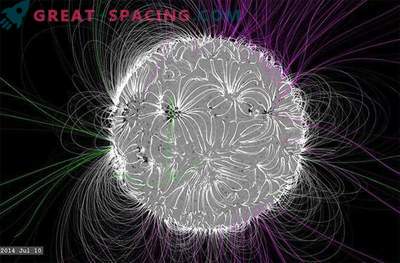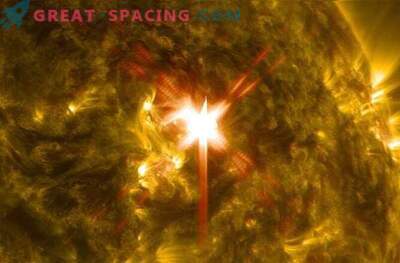
After a long period of silence, the Sun awoke from hibernation and burst out of one of the most powerful solar flares of the year.
An outbreak of class X2 separated from the solar disk over an area of intense magnetic activity called the AR2339. Although it occurred on the side away from Earth, a flash can have a huge impact on the Earth, generating extreme energy, ultraviolet and X-rays that penetrate the upper layers of the Earth’s atmosphere, causing ionization waves.
Known as the ionosphere, these upper layers are used to create global radio communications throughout the world. Shortly after the solar flare, which occurred at 6:11 pm GMT, radio operators reported a partial shutdown of radio communications at a frequency below 20 MHz. This frequency is used by sailors, aviators and amateur radio operators. The flare also generates its radio blast at shortwave frequencies that can be recorded using ground receivers. These radio emissions were caused by the rapid acceleration of electrons captured by powerful magnetic fields in the lower corona.
In addition, there was a coronal mass ejection into interplanetary space. But since AR2339 was directed to the other side of the Earth, it should not adversely affect the Earth, although weather forecasters will closely follow the trajectory of the magnetic bubble of the solar plasma. If the coronal mass ejection were directed toward the Earth, a dramatic geomagnetic storm would have occurred.
This is the second flash of a similar class in 2015, proving to us that although the Sun’s activity gradually weakens during its solar cycle, it can still generate a powerful solar flare.











































